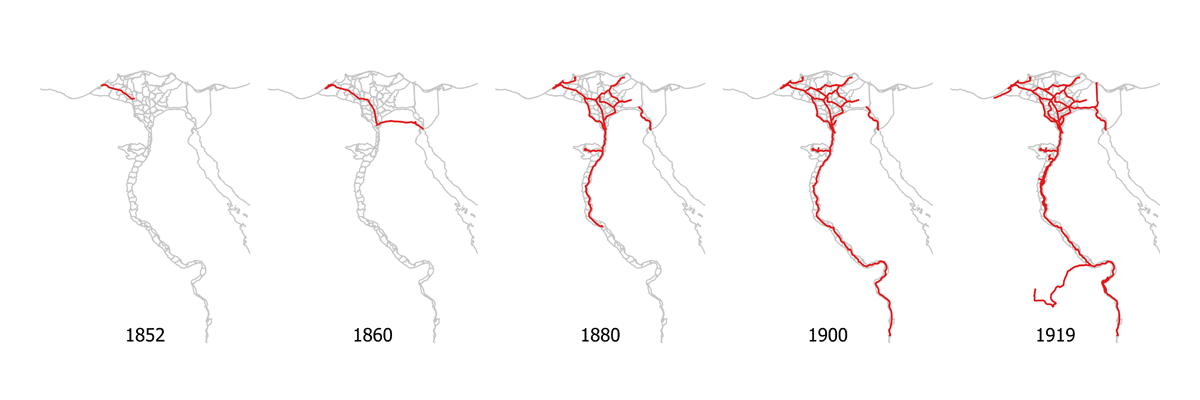This project re-examines one of the key features of British colonialism – the building of infrastructure – and explores how this shaped the possibilities of anti-colonial revolution.
Focusing on the 1919 Revolution in Egypt, it explores how Egyptians creatively repurposed the material circuitries of British colonial rule to launch mass protests calling for national liberation.
To make its case, the project pairs a catalogue of over 5,000 anti-British protests with geo-referenced maps, census data, newspaper reports, colonial correspondence, and memoirs.
Matching this source material with techniques from political economy, the project demonstrates how the infrastructure of the colonial state and economy powerfully enabled and delimited the first mass participation revolution in the region's history.





